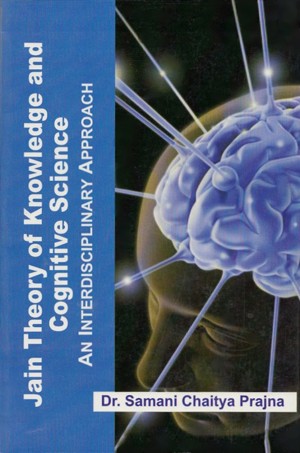Neuro Scientists[11] accepts division of the senses into two groups:
- External sense and
- Internal sense.[12]
1. External sense
External senses receive the information about outside environment. These include hearing, sight, smell, taste and touch. Each of these is of two types:
If asked which of the five senses, contractile and which are non-contractile, then the answer from Jain point of view is that - out of the five senses, the sense of sight is non-contractile (aprāpyakārī) and the rest of the four are contractile (prāpyakārī). The senses that perceive cognition by the contact of the atomic clusters of sound etc. are known as contractile and the senses that perceive knowledge from a distance and no contact is needed are known as non-contractile. The sense of seeing obtains cognition of the object from a distance, without touching the object; it is therefore, non-contractile. The rest of the four senses obtain the knowledge of sound, smell, taste and touch by coming in contact with their matters. They are therefore contractile.[14]
In addition the Vṛtti of Acharya Haribhadra on Nandí has further explained contestability in terms of intensity. It classifies sense organs into three types[15]:
2. Internal sense
Internal senses receives the information about inner environment.
Other Kinds of Classification
Senses are of two kinds has been explained in Jain canons. They are as follows:
Physical Sense
The internal and the external structure of the organs eyes, ears etc. are known as physical senses. The physical senses being material are non-living. They are of two kinds[17]:
The structure of the sense is known as organic structure. Structures are of two types: external and internal. Different creatures have different external structures. Their structures are not of the same type. Internal structures of all the creatures are of the same type as explained by Maladhāri in his commentary of Nandi "the term 'nivṛitti'' means morphology of senses, their shape, structure and size. It is of two kinds- external and internal. For example:
Paula Droege, Caging the Beast, Theory of Sensory Consciousness, John Benjamins Publishing Co, 2003, p.19.
Viśeṣāvaśyaka Bhāṣya, v. 2994
Commentary of Nandi by Maladhāri, p.
"Nivṛttirnāma prativiśiṣṭaḥ saṁsthāna. sāpi dvidhā -- bāhyā abhyantarā ca. Tatra bāhyā karṇaparpaṭākadirūpā. Sāpi vicitrā na pratiniyatarūpatayo-padeṣṭuṁ śakyate. Tathāhi manuṣya kṣetre bhrūsame netrayorubhaya pārśwa saṁsthite. Vajino mastake netruparistādbhāvinītīksne cāgrabhāge ityādi jātibhedānnānāvidbāh. ābhyantarā tu nivṛtti sarveṣāṭmapi jaṭṁtunaṁ samānā...sparśneṁdriyanirvrtteḥ prāyoḥ na bāhyābhyantar-bhedhaḥ "
 Samani Chaitya Pragya
Samani Chaitya Pragya

